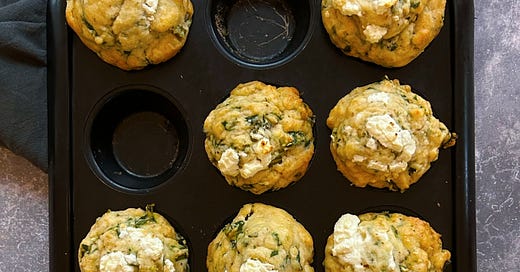Every now and then, I like to drive to the end of the road. It is just over an hour south of home, a spot overlooking the Southern Ocean, where it is impossible to drive any further south. You drive on the Huon Highway as it twists and turns through the forest. You pass through Dover, a sleepy beachside village and on to Southport, an even sleepier plac…
Keep reading with a 7-day free trial
Subscribe to Apples & Elderflower to keep reading this post and get 7 days of free access to the full post archives.




